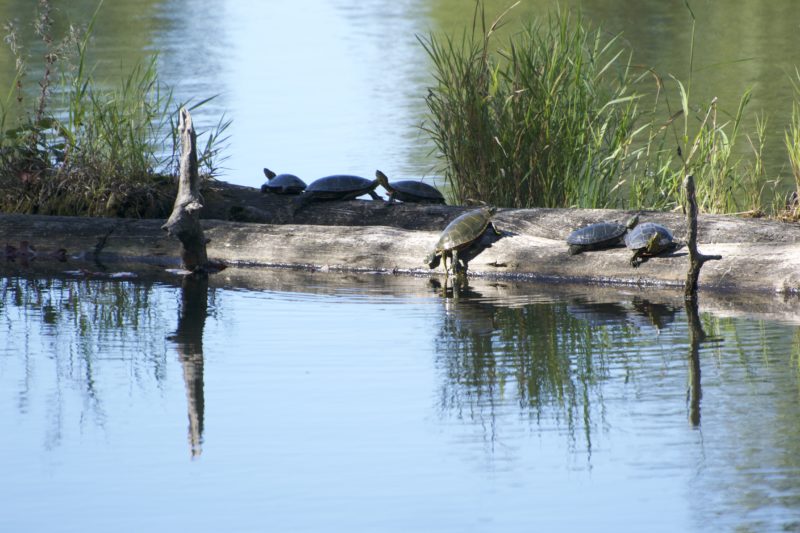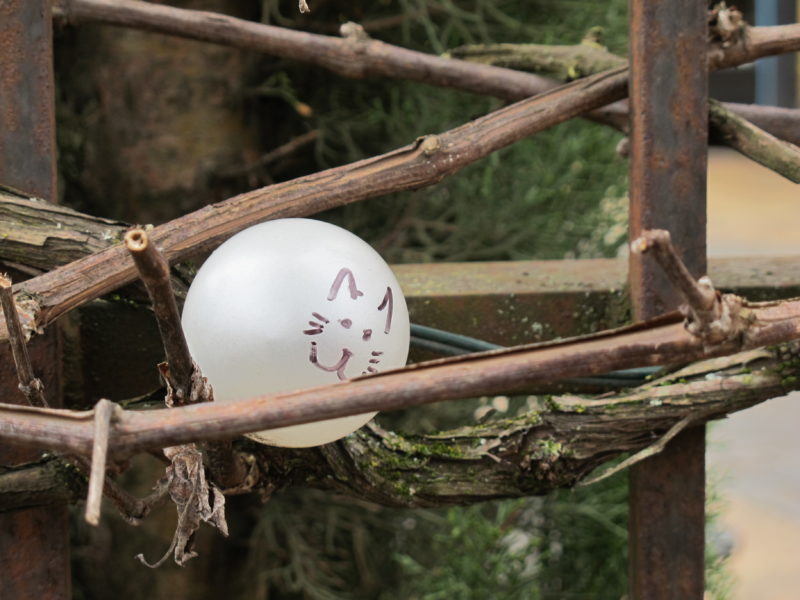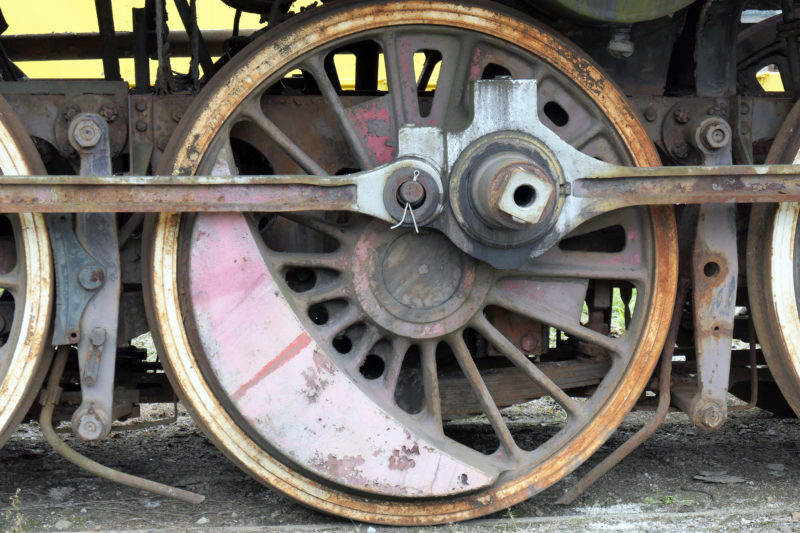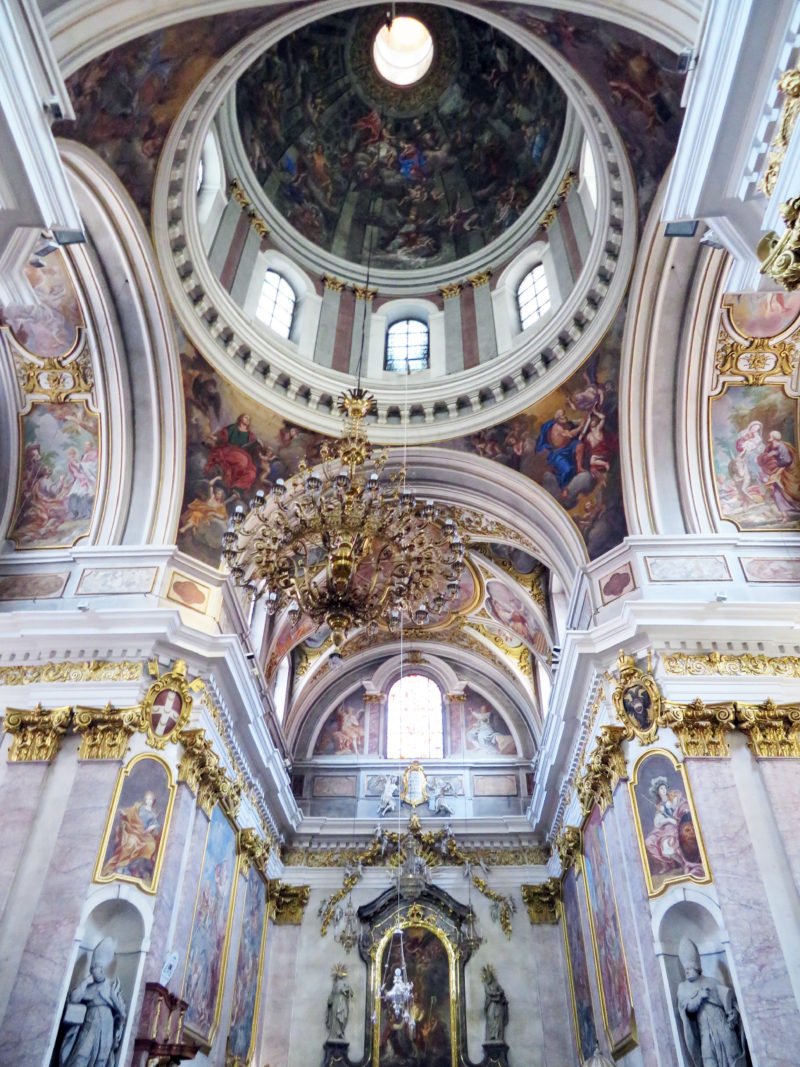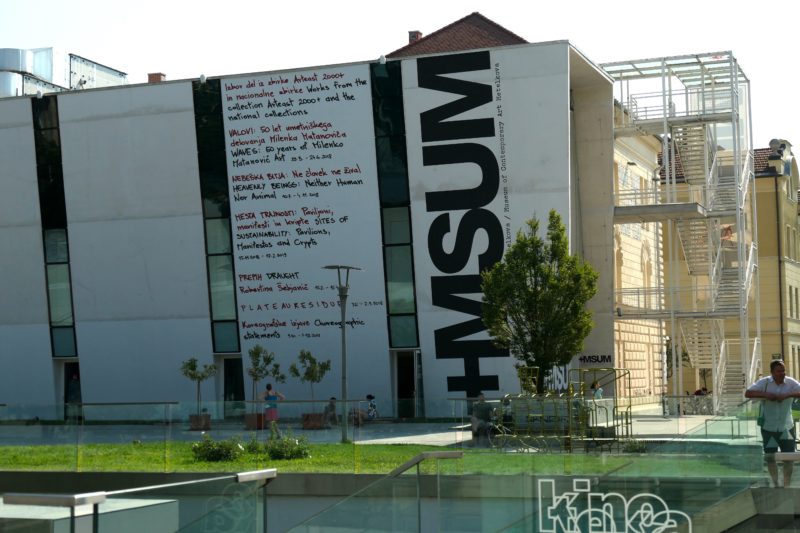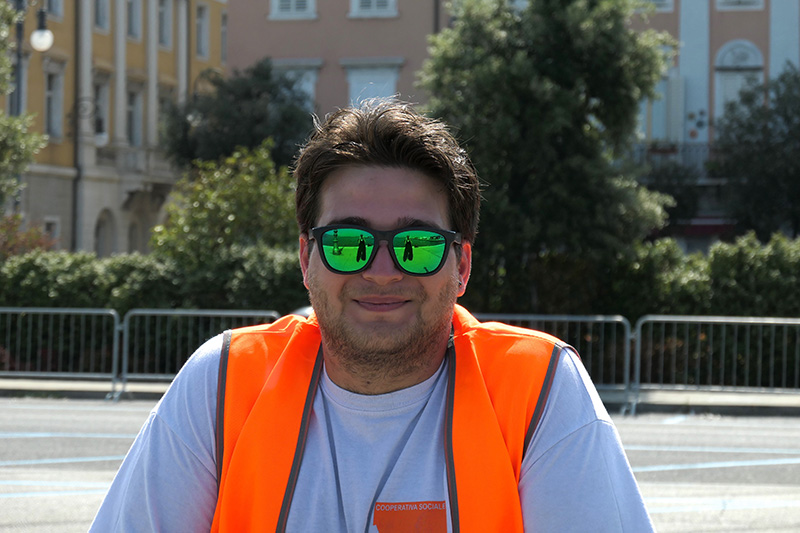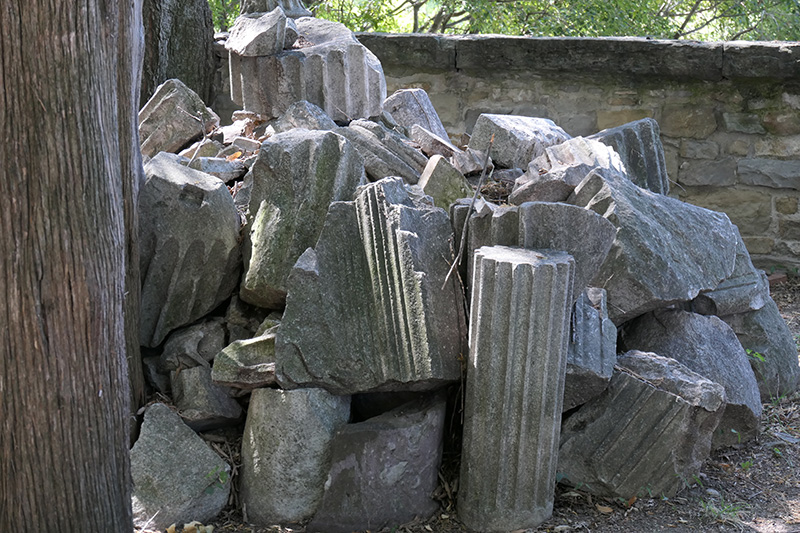Lies have short legs is one of the most commonly used German proverbs, implying you won’t get far with them. I was reminded of that phrase when photographing turtles and their short legs last Friday on an insanely beautiful Indian summer day out in Washington. Since I had every intention not to talk about politics during this week’s blog I won’t (for the most part) and instead regale you with another terrific travel adventure, conveniently linked to turtles.
Before I do so, though, let me point you to some psychological research attached at the end of today’s blog. The references might be of interest to those interested in understanding the evolutionary (dis)advantages of lying. My current favorite is towards the bottom: the Pinocchio Effect – nose temperature rises during lying…. maybe that’s why certain liars have to crumple it so often.
In the meantime, let’s flee to the turtle-paradise of the Galapagos Islands, specifically to the small island of Floreana, as did a bunch of truly strange people before us. I’ll skip the early inhabitants, marooned on the island in the 18oos and departing when a prison colony was established there by Equador by stealing some boats.
Rather, let’s look at the early 1930s when a Berlin couple, escaping married life of each to someone else, ventured to try a nudist life on the island. Dr. Ritter was a dentist (which probably led him to decide that in the absence of dental care to have all his teeth pulled and replaced by steel dentures. Rumor has it the same was true for his lover, Dore Strauch, and they shared the one set between them…) They settled on Floreana, trying hard to live off the land which was perennially short of water.
Another German family, the Wittmers, settled on the opposite side of the island; eventually, a mystery lady, “Baroness” Wagner de Bosquet and her male harem of 3 men, Robert Philippson, Rudolf Lorenz, and Felipe Valdiviseo appeared and she soon announced herself to be Empress of Floreana.
The Austrian woman seemed to have had a zest for life, particularly its more carnal aspects, attracting many a yacht to this “end of the world,” to greet those sailors with ardor. She also got into endless fights with Dr. Ritter and was prone to violent fits if people did not heed the arbitrary rules she decided to impose. It did not end well.
We do, however, not know exactly how it ended for her – she simply disappeared with one of her lovers, after two others turned up dead on another island; and Dr. Ritter, a vegetarian, died of food poisoning, with Dore Strauch somehow making it back to Germany. A few other mysterious deaths occurred in the following years – an eyewitness account can be found in Frau Wittmer’s book Floreana – A Woman’s pilgrimage to the Galapagos. She died in 2000 at the age of 95, her family these days firmly established in the hospitality business on the island. Not that I’ve ever been there – and not on my list either, frankly, since all the excitement seems to have run out by the mid 1930s.
Here is some fascinating documentary footage and a link to a fuller exploration of the tale, a link I simply picked because I adored the title:
“The gruesome Tale of the Galapagos Islands’ Nietzsche-fueled Homesteader Death Showdown…..”
https://gizmodo.com/the-gruesome-tale-of-the-galapagos-islands-nietzsche-fu-1743091190
I WILL succeed in distracting us from the Kavanagh saga, eventually, but for now psychological research on lying can be found here:
Abe, N. (2011). How the Brain shapes deception: an integrated review of the literature. The Neuroscientist 17(5), 560–574.
Anthony, C. I., & Cowley, E. (2012). The labor of lies: how lying for material rewards polarizes consumers’ outcome satisfaction. Journal of Consumer Research 39, 478–492.
Bond, C. F., Jr., & DePaulo, B. M (2006). Accuracy of Deception Judgements. Personality and Social Psychology Review 10(3), 214–234.
Campbell, W. K., Hoffman, B. J., Campbell, S. M., & Marchisio, G. (2011). Narcissism in organizational contexts. Human Resource Management Review 21, 268–284
Dechêne, A., Stahl, C., Hansen, J., & Wänke, M. (2010). The truth about the truth: A meta-analytic review of the truth effect. Personality and Social Psychology Review 14(2), 238–257.
DePaulo, B. M., Kashy, D. A., Kirkendol, S. E., Wyer, M. M., & Epstein, J. A. (1996). Lying in everyday life. Journal of Personality and Social Psychology 70(5), 979–995.
Ekman, P. (2003). Darwin, deception, and facial expression. New York Academy of Science 1000, 205–221.
Ekman, P., & O’Sullivan, M. (1991). Who can catch a liar? American Psychologist 46, 913–920.
Levine, E. E., & Schweitzer, M. E. (2014). Are liars ethical? On the tension between benevolence and honesty. Journal of Experimental Social Psychology 53, 107–117.
Milán, E. G., & López, E. S. (2012). Researchers Confirm the “Pinocchio Effect”: When you lie, your nose temperature raises. http://canal.ugr.es/social-economic-and-legal-sciences/item/61182.
Piff, P. K., Stancato, D. M., Coté, S., Mendoza-Denton, R., & Keltner, D. (2012). Higher social class predicts increased unethical behavior. Psychological and Cognitive Sciences109(11), 4086–4091.
